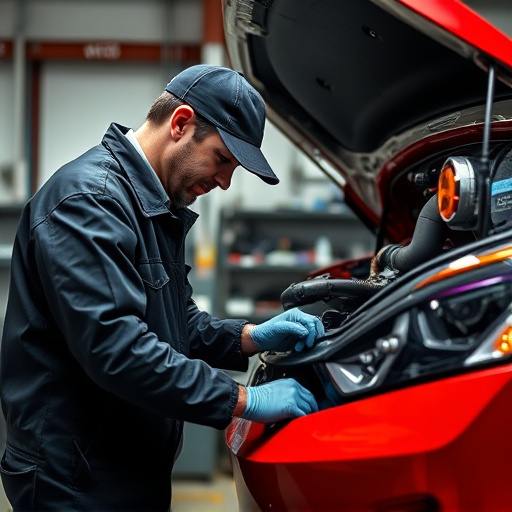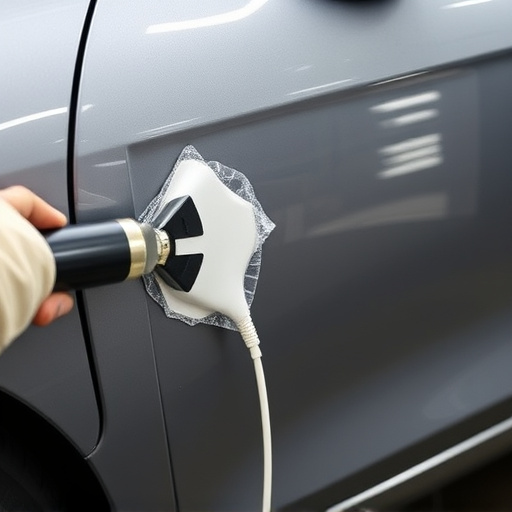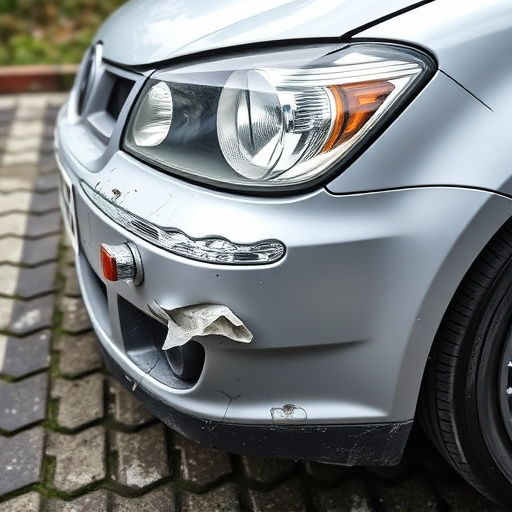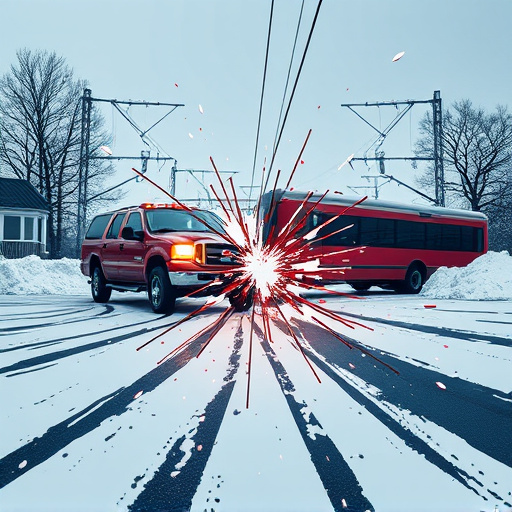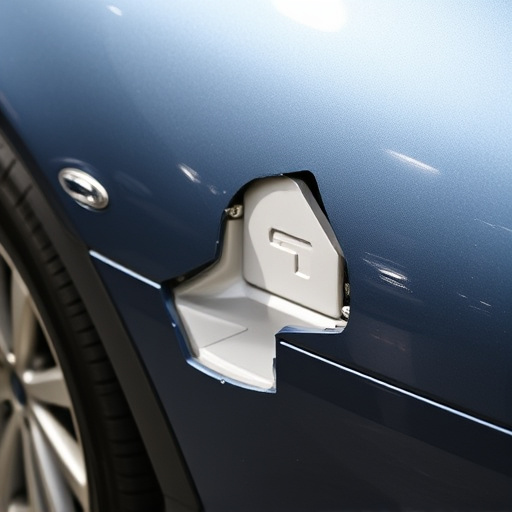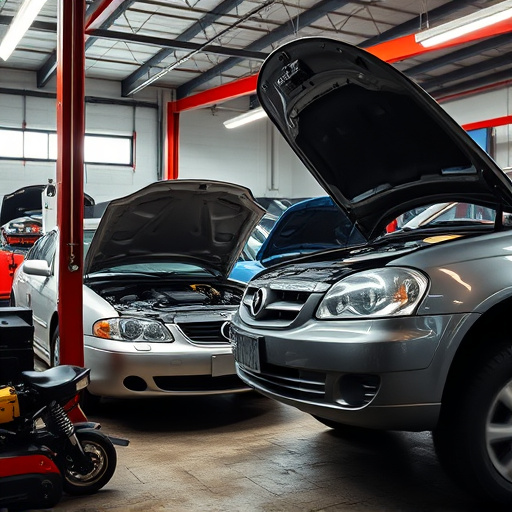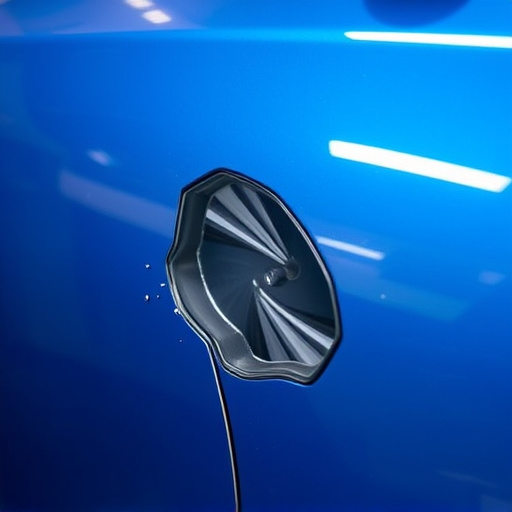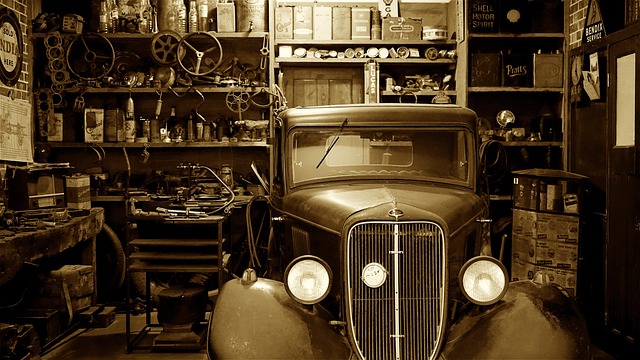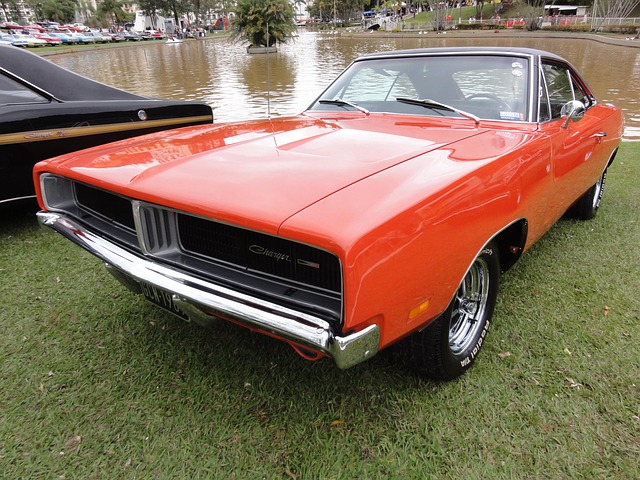Modern repair equipment has revolutionized the automotive and vehicle restoration industries, offering unprecedented precision, efficiency, and speed in complex repairs compared to traditional methods. These advancements benefit businesses by maintaining competitiveness while contributing to sustainability through eco-friendly features. Embracing modern repair equipment is crucial for restoration businesses as global practices shift towards greener alternatives.
In today’s fast-paced world, the evolution of repair technology is a game-changer, revolutionizing efficiency and quality. Modern repair equipment offers unprecedented advantages over traditional tools, transforming the landscape of maintenance. This article explores the significant benefits of embracing contemporary technological advancements, focusing on enhanced precision, improved diagnostics, cost savings, and time efficiencies that cater to both businesses and customers. Discover how modern repair technology is reshaping industries and ensuring superior outcomes.
- The Evolution of Repair Technology: A Game-Changer for Efficiency
- – A brief history of repair equipment and the need for modernisation
- – Advantages of modern equipment over traditional tools
The Evolution of Repair Technology: A Game-Changer for Efficiency
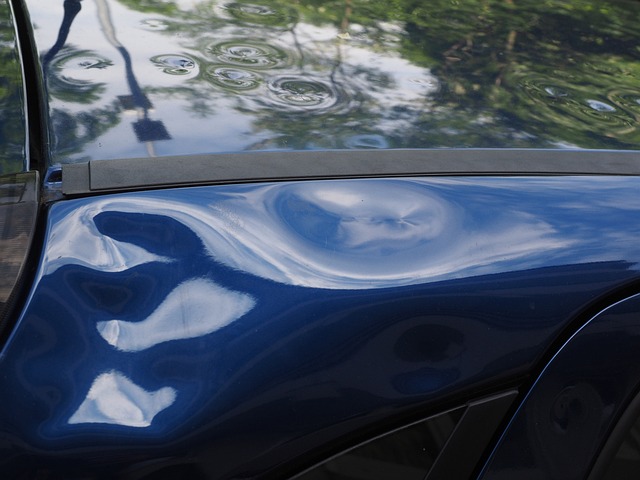
The evolution of repair technology has undoubtedly been a game-changer for the industry, transforming the way we approach repairs, especially in sectors like automotive and vehicle restoration. Modern repair equipment offers unprecedented precision and efficiency, far surpassing traditional methods. With advanced tools designed specifically for tasks like dent removal, car restoration, and intricate assembly, technicians can now accomplish complex repairs faster and with better results.
This technological advancement is not just about speed; it’s a significant step towards sustainability too. Modern equipment often incorporates eco-friendly features, reducing the environmental impact of repairs. As the world shifts towards more sustainable practices, embracing modern repair equipment becomes crucial for businesses in the restoration space, ensuring they stay competitive while contributing to a greener future.
– A brief history of repair equipment and the need for modernisation
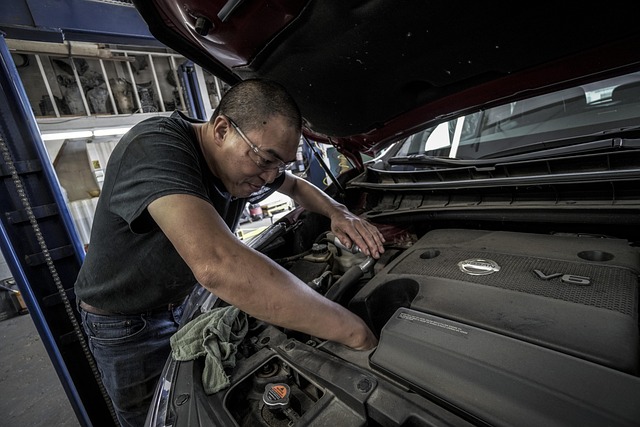
Repair equipment has evolved significantly over the years, from simple hand tools to sophisticated machinery. Historically, car body shops relied heavily on manual labor and traditional techniques for car bodywork repairs. However, as technology advanced, so did the demand for more efficient and precise repair methods. The need for modernisation arose to keep up with the increasing complexity of modern vehicles and the higher expectations of car body restoration services.
The transition to modern repair equipment has brought about numerous advantages. Today’s tools offer improved accuracy, speed, and efficiency in tasks such as metal welding, painting, and panel replacement. These advancements not only enhance the quality of repairs but also reduce the time and labor required, making car bodywork services more accessible and cost-effective for vehicle owners.
– Advantages of modern equipment over traditional tools
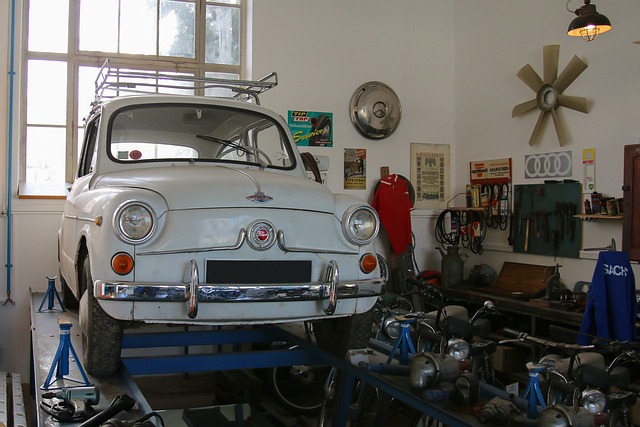
Modern repair equipment has revolutionized the way we approach fixing and maintaining vehicles, offering numerous advantages over traditional tools found in older workshops. One of the key benefits is precision; modern machines are designed with advanced technology, allowing for more accurate measurements and adjustments. This precision ensures that repairs are not only effective but also efficient, reducing the time spent on laborious tasks. For instance, state-of-the-art welding equipment can provide clean, precise cuts and joins, minimizing metal distortion and the need for excessive grinding.
Additionally, the integration of digital systems in modern repair equipment enhances productivity and problem-solving capabilities. These systems offer real-time data analysis, enabling technicians to diagnose issues more rapidly and accurately. This is especially beneficial in collision repair centers where quick turnaround times are essential. Modern tools also cater to a wide range of tasks, from intricate paint jobs to advanced tire services, all under one roof, streamlining operations for any automotive service facility.
Modern repair equipment is revolutionizing the way we approach fixing and maintaining various systems. By embracing the advantages offered by technological advancements, professionals can significantly enhance efficiency, reduce downtime, and improve overall productivity. The benefits outlined in this article highlight the imperative for businesses and technicians to invest in modern tools, ensuring they stay competitive and meet the demands of today’s world. With continuous innovation, the future of repairs looks brighter, promising even more efficient and effective solutions.
